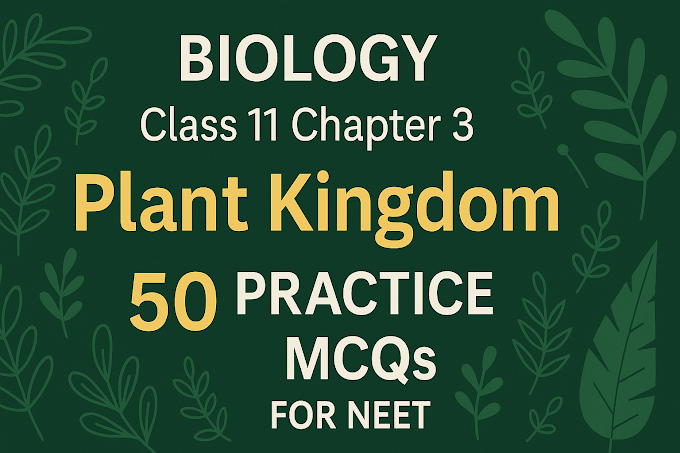Sexual reproduction in flowering plants (New syllabus chapter 1 / old syllabus Chapter 2)
Pre-fertilization|Structure of Stamen|reproduction in flowering plants|short notes| NCERT| standard 12| Biology
Note 2
Fertilization process in plants has 3 steps
- Pre-fertilization
- Fertilization
- Post-fertilization
Pre-fertilization
Consists of 2 process
1. Gametogenesis
Male reproductive part - microsporogenesisFemale reproductive part - macrosporogenesis
2. Gamete transfer
How a flower is developed?
Decision of flower production on plant taken much before Actual flower seeninitiated by - Hormonal changes & structural changes
Differentiation occurs- further development into floral primordium
Primordium - An aggregation of cells that is the first stage in the development of an organ
That converts into inflorescence - bear floral buds - then flower develops
Inflorescence - a bunch of flowers arranged together
In flower, essential whorls differentiate and develop
- Androecium - whorl of stamen - male reproductive organ
- Gynoecium - female reproductive organ
Structure of stamen
2 parts of stamen -
1. Filament - long and slender stalk
- Proximal end of filament - attached to thalamus or petal
- Distal end of filament - attached to anther
Typical Anther of angiosperms -
- bilobed
Each lobe - contain 2 theca - Dithecous
One anther- 4 theca
- Four sided- tetragonal
Each side contain 1 microsporangia
Hence 4 microsporangia present - tetrasporangiate
Each microsporangia - develops into pollen sac
- pollen sacs-
packed with pollen grains.
All three names are for one thing only, but they are name of different stages and named according to their functions.
- Theca- general cavity in anther
- Microsporangia - produce microspores
- Pollen sac - contains pollen grains
Line of dehiscence: longitudinal groove runs lengthwise separating the theca
Help in pollen dispersion at maturity
Thank you for reading!
Happy learning!
Manish Mevada
Urvi Bhanushali








Please Do Not enter any sparm link in comment box